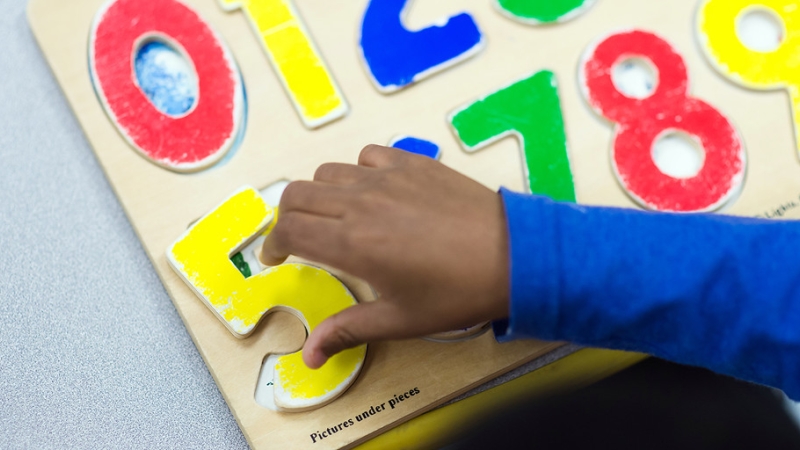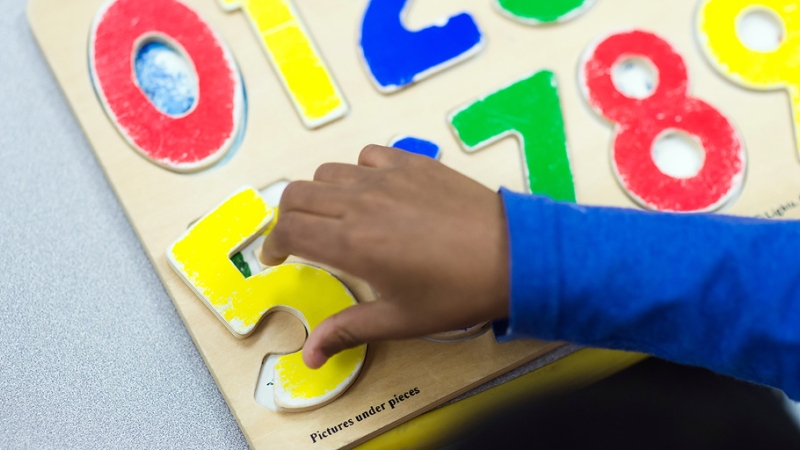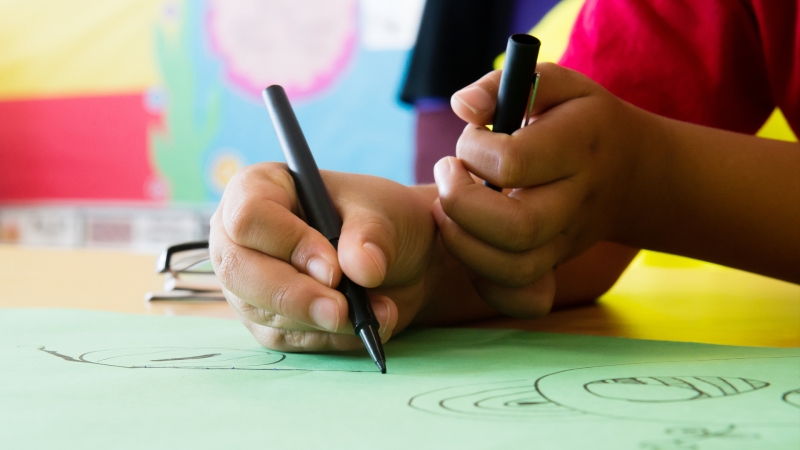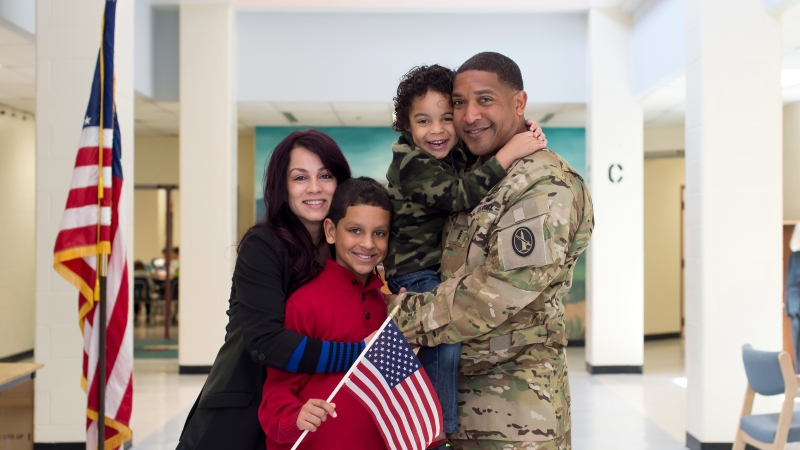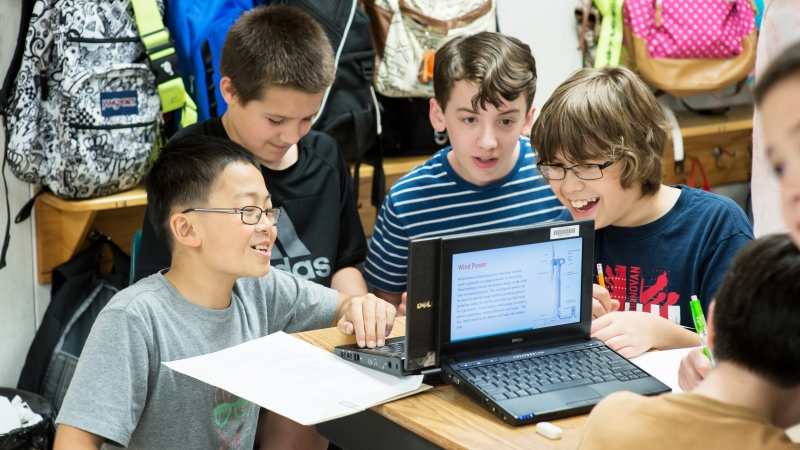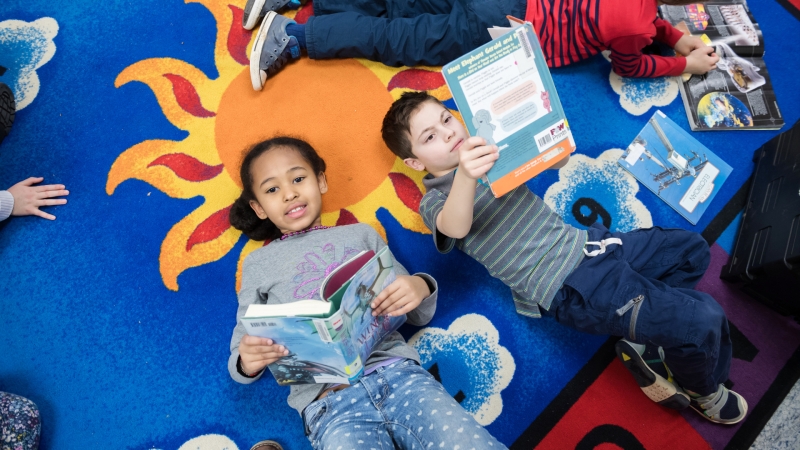
5-4-3-2-1 Early Childhood Tips for Today: STEAM
|
|
Things to Know or Do |
- S is for Science: Children are natural scientists as they explore the world around them. One of the best ways adults can support STEAM learning is with language. As children explore, ask open-ended questions (“Why do you think that happened?”) and reinforce new vocabulary (“The stick feels bumpy”).
- T is for Technology:Technology isn’t just computers! Technology includes any type of man-made object. Provide children with simple tools such as pulleys, wheels, levels, ramps, scissors, etc. to help children explore cause and effect relationships.
- E is for Engineering: Engineering applies science, math, and technology to problem solving. Ask questions to help children reflect on what they are trying to do, and how to plan their next move. Listening to their responses helps us learn where the child is in their thinking and helps extend the child’s learning.
- A is for Art: A creative mindset is critical for science, technology, engineering, and math! Encourage creativity by responding to children’s work in a non-judgmental way (“Tell me what you are working on”) and asking questions about the process (“How did you make that stand up?”)
- M is for Math: Math is a tool that children use every day! The more “math language” children hear daily, the greater growth of their math knowledge. Use simple questions, such as “Which one is bigger?” or “How far will it go?” to help children measure, estimate, compare, and describe during their play experiences.
|
|
Children Read Alouds |
The Most Magnificent Thing by Ashley Spires. (FCPS | Public Library, Spanish: FCPS | Public Library) A little girl has a wonderful idea, “She is going to make the most MAGNIFICENT thing!” With the help of her very best friend, who happens to be a dog, she finds that making her magnificent thing is anything but easy. She tries and fails repeatedly, and eventually quits. But after her dog convinces her to take a walk, she comes back to her project and gets it just right.
Maybe Something Beautiful: How Art Transformed a Neighborhood by F. Isabel Campoy and Theresa Howell. (FCPS | Public Library) What good can a splash of color do in a community of gray? As Mira and her neighbors discover, more than you might ever imagine! Based on the true story of the Urban Art Trail in San Diego, California, this story reveals how art can inspire transformation.
Just a Little Bit by Ann Tompert. (FCPS | Public Library) When an elephant and a mouse try to play on a seesaw, they need help from a vast number of animal friends to balance the scales.
Not a Stick by Antoinette Portis. (FCPS | Public Library) From the author of Not a Box, this book proves that a stick is not always just a stick. Whether it’s conducting an orchestra, painting a masterpiece, or slaying a dragon - give a child a stick and let imagination take over.
|
|
Links to Visit |
- U.S. Department of Health and Human Services, Administration for Children and Families, Office of Head Start: Understanding STEAM and How Children Use It (PDF)
- National Association for the Education of Young Children: STEM Resources
- Preschool STEAM: The BEST STEAM Activities for Preschoolers
 |
Points to Action Research |
- European Journal of STEM Education: Implementing STEAM in the Early Childhood Classroom (PDF)
- National Association for the Education of Young Children: From STEM to STEAM: How Early Childhood Educators Can Apply Fred Rogers' Approach
|
|
Video to View |
STEM in Early Learning: Engineering with the Three Little Pigs from Fairfax Futures




